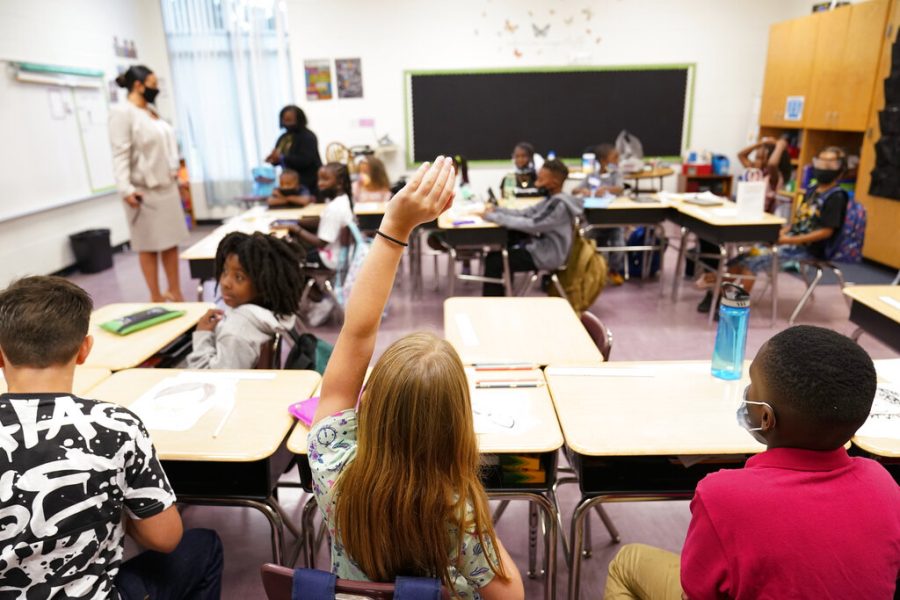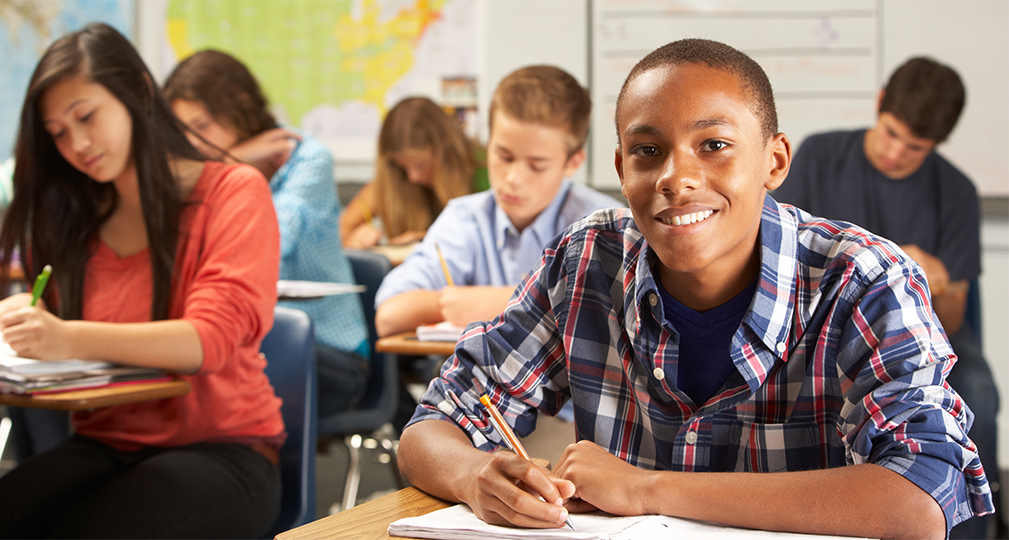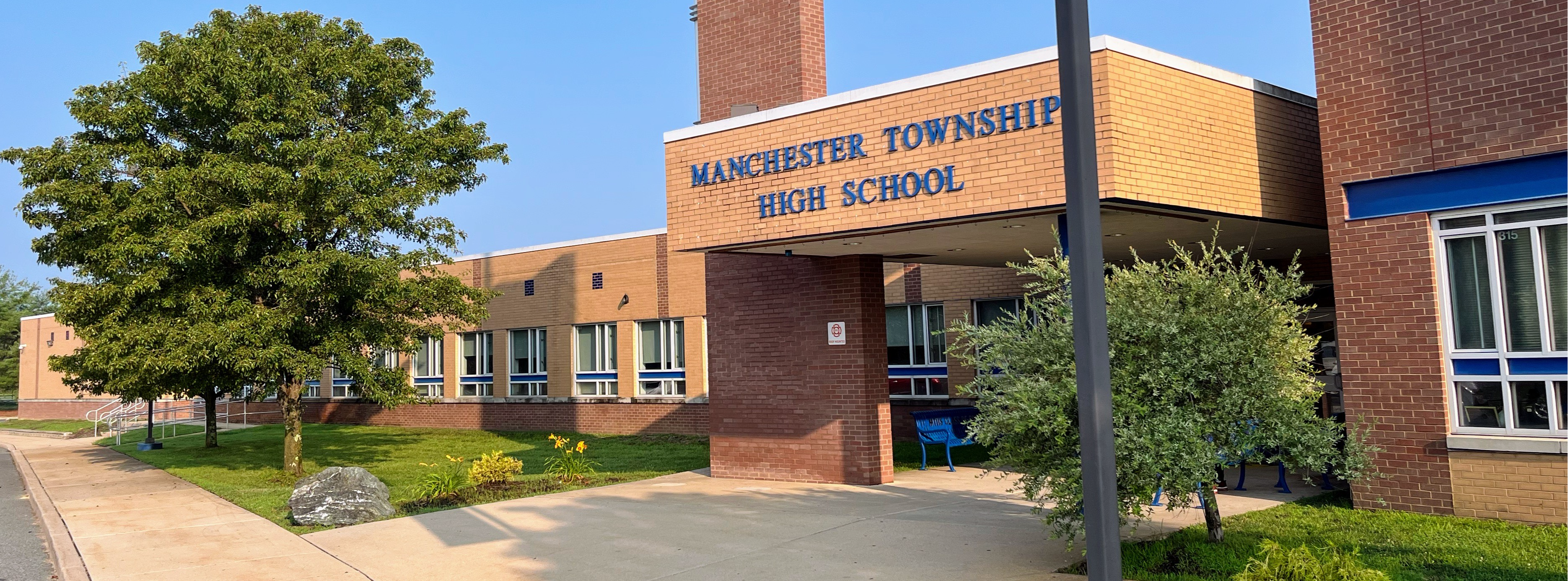The Function of Moms And Dads and Educators in the Initiative to Save Temecula Schools
The Function of Moms And Dads and Educators in the Initiative to Save Temecula Schools
Blog Article
The Effect of School Environments on Academic Success and Personal Wellness
The institution atmosphere significantly influences both academic success and individual wellness, including elements such as physical layout, classroom environment, and social dynamics. The style of educational rooms, consisting of all-natural lighting and ergonomic furnishings, can boost students' concentration and convenience. The top quality of teacher-student partnerships and the nature of peer interactions play critical functions in fostering an ambience helpful to discovering and emotional assistance. Comprehending just how these various variables interaction to shape pupil end results increases essential questions about maximizing educational settings for alternative growth. Exactly how can schools strategically boost these elements to much better sustain their students?
Physical Design and Style
Exactly how does the physical format and layout of a school effect academic success? The arrangement and aesthetic of a college environment can dramatically affect trainees' discovering end results. A properly designed school format advertises convenience of movement, minimizes diversions, and fosters a sense of security and belonging. Large corridors and clearly significant areas assist in smooth changes in between courses, reducing lateness and disruption. In addition, purposefully placed usual areas motivate social communications, which are crucial for emotional and social advancement.
Natural illumination and efficient air flow systems are essential in boosting cognitive function and decreasing absenteeism. Research studies have revealed that class with enough natural light enhance student focus and reduce feelings of drowsiness. Ergonomic furniture tailored to students' demands can stop physical discomfort, allowing for long term focus and engagement in scholastic activities.
Accessibility to outdoor areas and aesthetically pleasing environments additionally play a vital role - Save Temecula Schools. Eco-friendly spaces and well-maintained college premises give possibilities for physical workout and mental leisure, both of which are essential for keeping high levels of academic performance. Basically, a thoughtfully designed physical setting can work as a catalyst for academic quality, promoting an atmosphere that sustains both teaching and learning
Class Ambience
A positive class ambience is basic to accomplishing scholastic success. An environment that cultivates a feeling of safety, inclusivity, and shared regard encourages students to involve even more actively in their knowing procedures. The atmosphere of a classroom, including facets such as illumination, noise levels, and seating setups, can substantially impact pupil concentration and inspiration. A well-ventilated, well-lit classroom with very little diversions can improve cognitive function and lower stress, thus promoting much better scholastic end results.
In addition, the class ambience must sustain a culture of partnership and open communication. When trainees feel comfortable expressing their concepts and asking concerns, they are most likely to involve deeply with the material and develop important believing abilities - Save Temecula Schools. Peer interactions and team activities can improve learning by giving diverse viewpoints and fostering synergy
In addition, establishing clear assumptions and constant regimens can produce a structured atmosphere that enables students to focus on their researches. By lessening uncertainty and giving a predictable framework, students can much better manage their time and responsibilities. Inevitably, a favorable class ambience not just enhances academic efficiency yet also adds to the general well-being of trainees, preparing them for future instructional and individual endeavors.
Teacher-Student Relationships
Structure on the relevance of a positive classroom environment, the partnerships between instructors and trainees play a critical function in forming scholastic success. A healthy teacher-student connection promotes a discovering atmosphere where trainees really feel valued, recognized, and supported, which substantially boosts their inspiration and involvement. When students perceive their educators as compassionate and approachable, they are most likely to get involved proactively in course and seek assistance when required, contributing to a deeper understanding of the subject issue.

Efficient interaction is crucial to supporting these partnerships. Teachers who use open, respectful, and constant interaction create a structure of count on. This trust allows students to express their concepts and concerns easily, promoting a collective discovering setting. Basically, solid teacher-student partnerships are a foundation of instructional success, playing an essential role in both academic success and personal advancement.
Peer Communications
Peer interactions considerably affect scholastic success by shaping a student's cognitive and social development. Within the school atmosphere, peer connections work as a foundational part for finding out and personal growth. Positive peer interactions can improve a pupil's motivation and involvement in scholastic tasks via collective understanding and common assistance. When trainees function with each other in group setups, they trade ideas, resolve issues jointly, and create critical believing abilities. Such communications foster a feeling of belonging and area, which is essential for emotional wellness and scholastic perseverance.

Reliable peer communications also add to the growth of important life abilities, such as collaboration, interaction, and problem resolution. These social competencies are important for both academic success and individual well-being, highlighting the importance of promoting positive peer characteristics within that site the college environment.
Extracurricular Activities
Engaging in extracurricular activities plays a pivotal role in a student's academic success and individual growth. Research continually shows that trainees that take part in extracurricular tasks have a tendency to achieve higher scholastic performance.
In addition, extracurricular participation promotes a sense of belonging and community, which is important for individual wellness. Joining group activities permits students to construct and reinforce socials media, improving their emotional and social knowledge. These interactions are important for developing interpersonal abilities that are useful in both future and scholastic professional atmospheres.
Additionally, extracurricular tasks give a constructive electrical outlet for pupils to explore their interests and passions past the typical curriculum. This exploration can lead to the discovery of brand-new talents and possible profession courses, additionally motivating students to involve more deeply in their academic job. In verdict, the role of extracurricular tasks prolongs beyond simple leisure; they are integral to fostering an all natural academic experience that promotes both scholastic success and individual growth.
Final Thought
Attentively designed physical layouts and classrooms, along with positive teacher-student partnerships and positive peer communications, significantly improve pupil inspiration and involvement. These aspects jointly highlight the significance of developing and keeping ideal institution settings for the advantage of students' scholastic and personal development.
Inevitably, a favorable classroom ambience not just improves scholastic performance however additionally adds to the total health of pupils, preparing them for future educational and personal undertakings.

Report this page